



Hydroclimate whiplash is a rare meteorological condition where extreme wet and dry periods alternate, intensified by global warming. This paradox leads to more intense wildfires, floods, health risks, and agricultural challenges. As seen in California and other regions, its increasing frequency highlights the urgent need for climate action to mitigate these destructive impacts.


Disclaimer: Copyright infringement not intended.
Context:
The three wildfires that have devastated large parts of the Los Angeles city and surrounding areas in the United States.
About Hydroclimate whiplash
It is a rare meteorological condition where an extremely wet period is followed by an extremely dry period.
|
Issue |
Cause/Description |
Impact |
|
Fires |
Wet seasons promote vegetation growth, which dries during dry seasons and becomes wildfire fuel. |
Increased frequency and intensity of wildfires, especially in areas like California. |
|
Floods and Landslides |
Intense rainfall after drought causes unstable soil, leading to flash floods and landslides. |
Damage to infrastructure, loss of lives, and disruption of communities. |
|
Impact on Agriculture |
Alternating floods and droughts make farming challenging. |
Reduced crop yields, threats to food security, and financial instability for farmers. |
|
Health Risks |
Fires produce smoke; flooding creates conditions for waterborne diseases. |
Respiratory and cardiovascular diseases; outbreaks of cholera, leptospirosis, etc. |
|
Water Management Issues |
Unpredictable water availability affects reservoir and water supply management. |
Difficulty in meeting water demands for people, agriculture, and ecosystems. |
|
Region |
Description of Hydroclimate Whiplash |
|
California (USA) |
California experiences cycles of severe drought followed by heavy rain and snowmelt, leading to flooding and landslides. |
|
Australia (2019-2020) |
The “Black Summer” bushfires were followed by heavy rainfall, leading to catastrophic flooding in some areas. |
|
Sahel Region (Africa) |
The region faces alternating cycles of drought and intense rainfall, causing water shortages, famine, and flooding. |
Key points to remember
The fires in Los Angeles are a stark reminder of the dangers of climate change. The phenomenon of hydroclimatic whiplash is becoming more frequent and its consequences – forest fires, floods and health risks – are devastating. To prevent further destruction, immediate action is needed to reduce the impact of climate change through better management, reduced emissions and sustainable practices.
READ ABOUT
Wildfires in Southern California: Impact & Fire Retardant Use
Source:
|
PRACTICE QUESTION
|
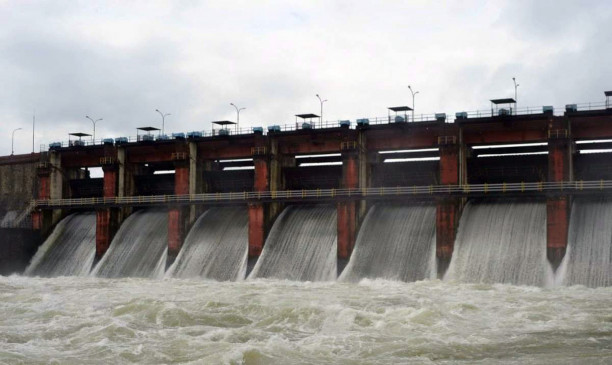
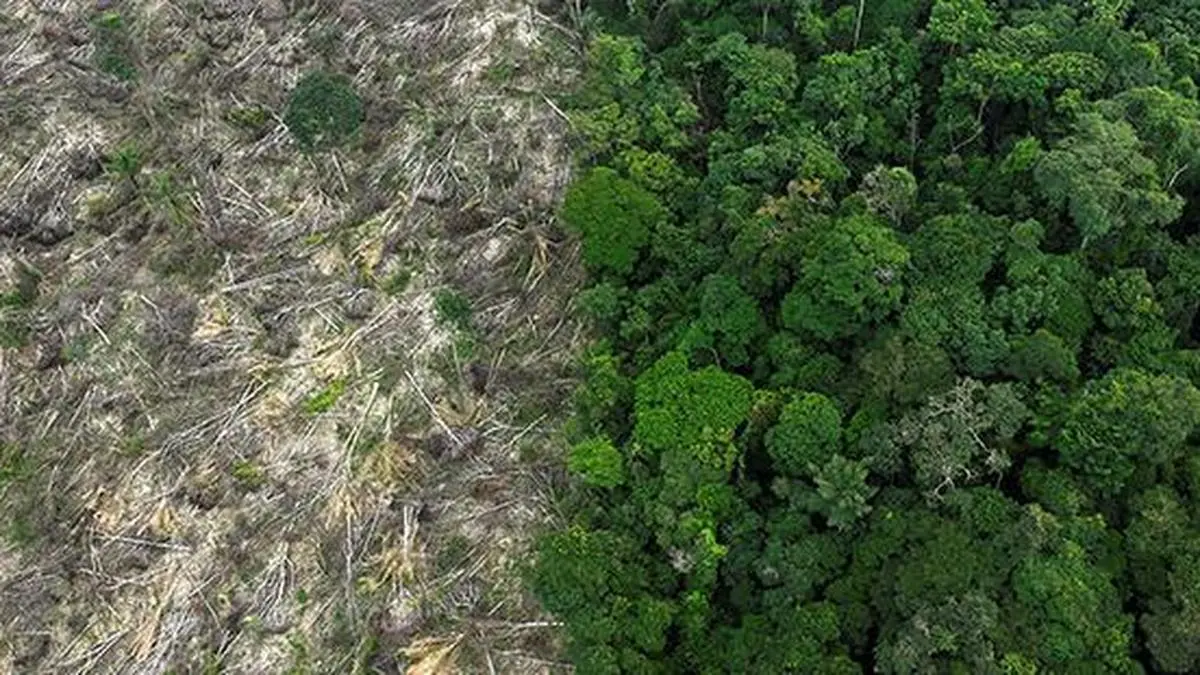
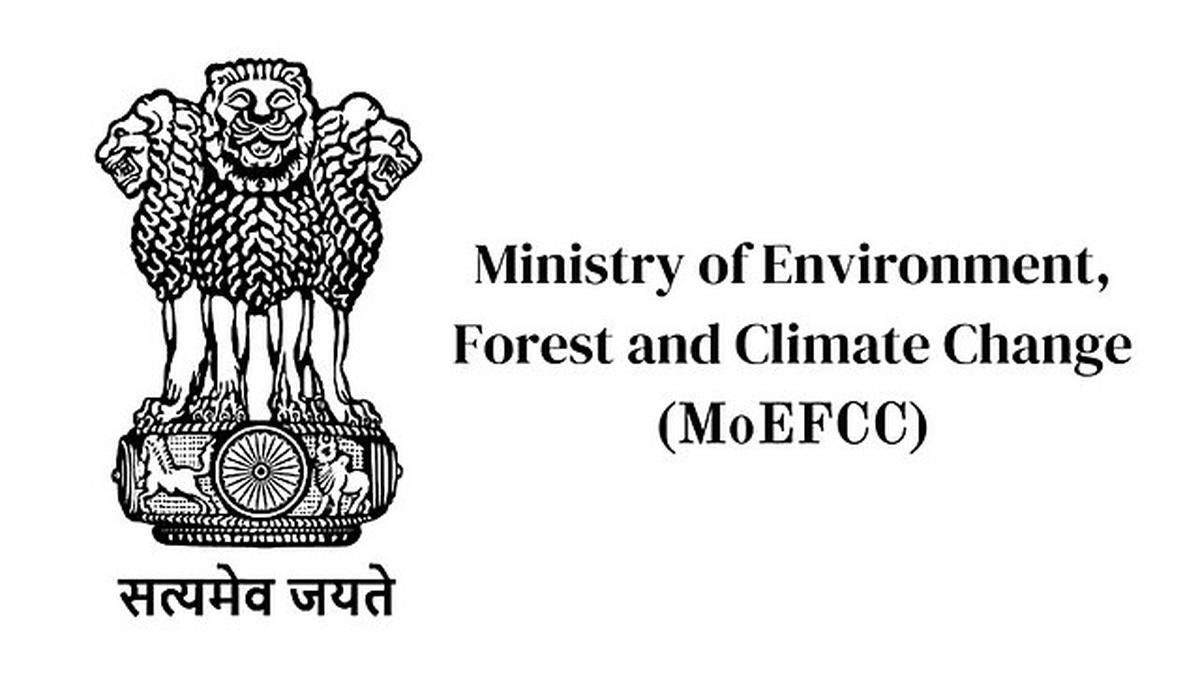
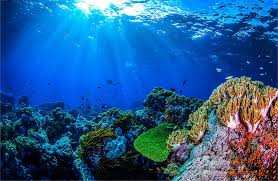
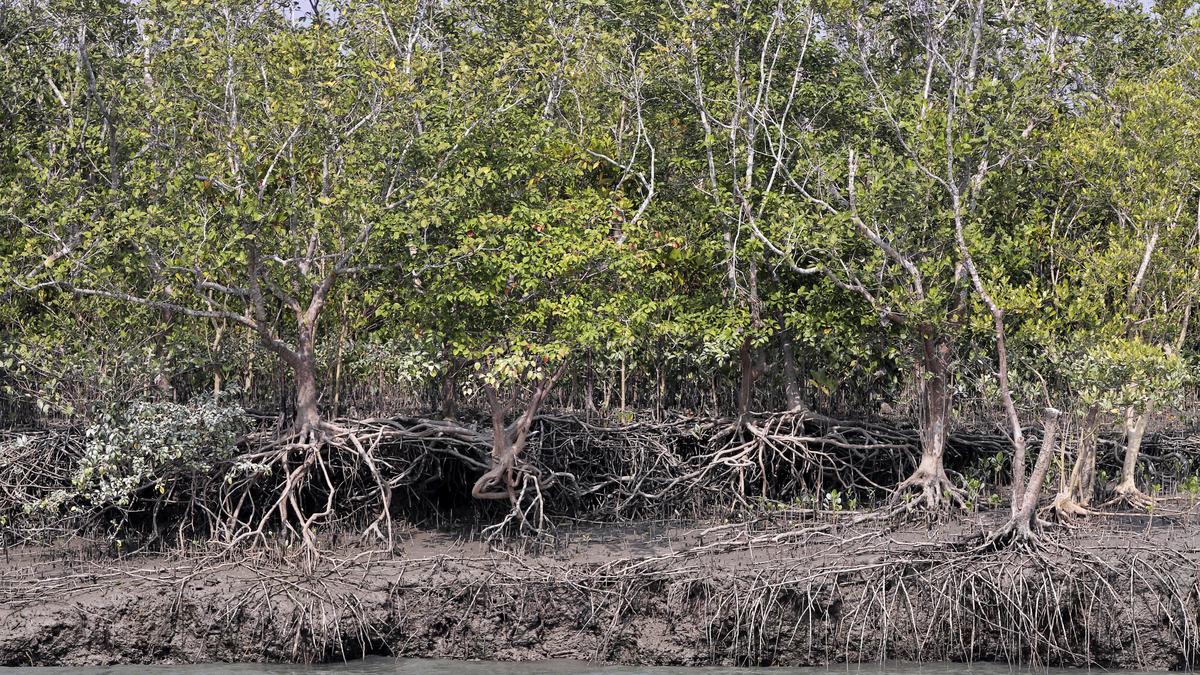

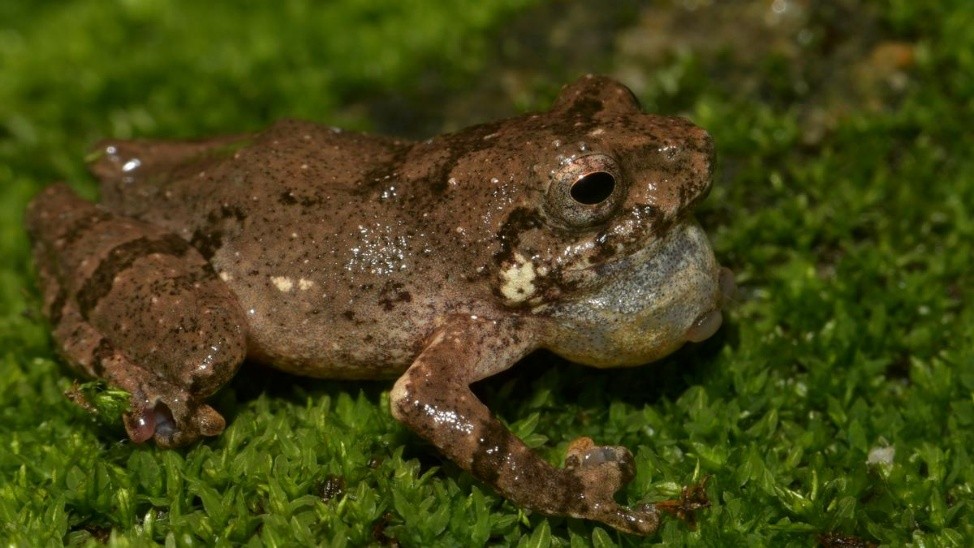

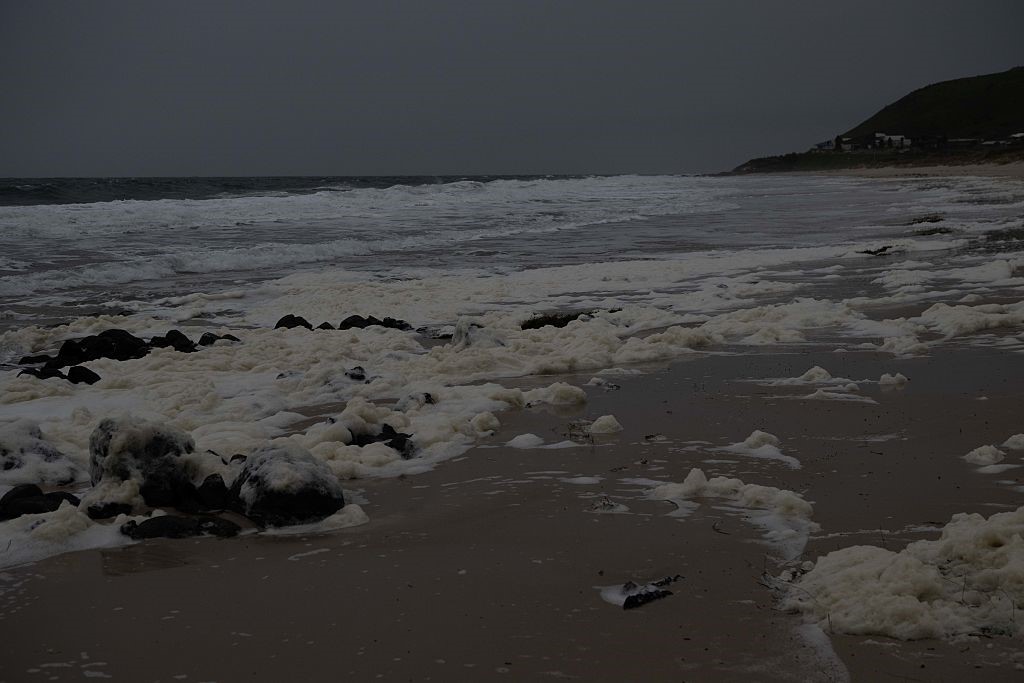


© 2025 iasgyan. All right reserved